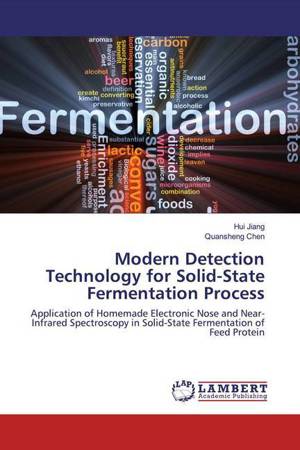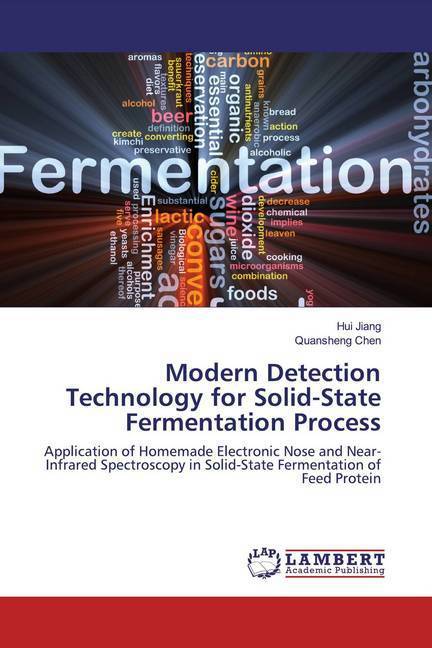
- Afhalen na 1 uur in een winkel met voorraad
- Gratis thuislevering in België vanaf € 30
- Ruim aanbod met 7 miljoen producten
- Afhalen na 1 uur in een winkel met voorraad
- Gratis thuislevering in België vanaf € 30
- Ruim aanbod met 7 miljoen producten
Zoeken
Modern Detection Technology for Solid-State Fermentation Process
Application of Homemade Electronic Nose and Near-Infrared Spectroscopy in Solid-State Fermentation of Feed Protein
Hui Jiang, Quansheng Chen
Paperback | Engels
€ 57,45
+ 114 punten
Omschrijving
Solid-state fermentation (SSF) is a fermentation method close to the natural state, which can directly use industrial and agricultural waste residues and other wood fiber raw materials as substrates to produce various products. The SSF has advantages over submerged fermentation (SmF) in many aspects, such as simple medium, the fermentation process does not require strict aseptic operation, high product yield, and simple fermentation equipment. However, in the actual production, the SSF is used less than the SmF. This is mainly because the SSF is a heterogeneous reaction. Currently, there is no complete mathematical model to describe its fermentation process. So far, there is no relevant biosensor that can measure the SSF process parameters online. Therefore, it is mainly guided by artificial experience. Non-destructive testing technologies such as electronic nose and near-infrared (NIR) spectroscopy have the advantages of no sample pretreatment, fast and convenient, and objective test results, and are suitable for online process analysis. This book focuses on the monitoring of the SSF process parameters based on the electronic nose and the NIR spectroscopy techniques.
Specificaties
Betrokkenen
- Auteur(s):
- Uitgeverij:
Inhoud
- Aantal bladzijden:
- 316
- Taal:
- Engels
Eigenschappen
- Productcode (EAN):
- 9786202515283
- Uitvoering:
- Paperback
- Afmetingen:
- 150 mm x 220 mm

Alleen bij Standaard Boekhandel
+ 114 punten op je klantenkaart van Standaard Boekhandel
Beoordelingen
We publiceren alleen reviews die voldoen aan de voorwaarden voor reviews. Bekijk onze voorwaarden voor reviews.











